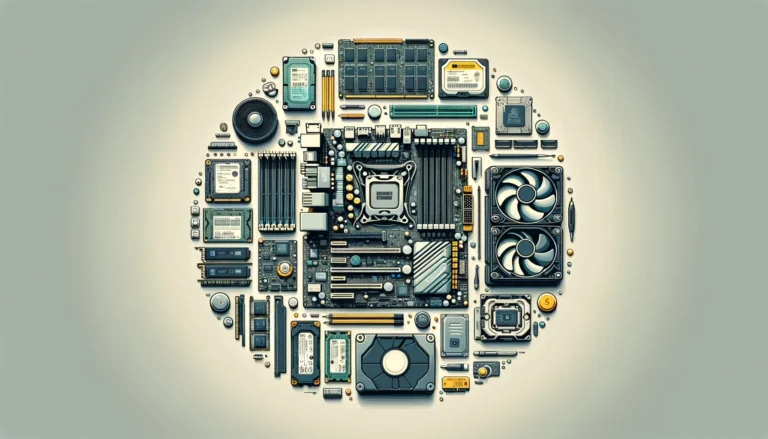Disclaimer: This blog post contains affiliate links. If you click on these links and make a purchase, I may earn a commission at no additional cost to you. I only recommend products or services that I personally use and believe will add value to my readers.
Technology in Computers Is it Important

Brief Overview of the Evolution of Technology in Computers
Importance of Technology in Shaping the Modern World

Hardware Advancements
CPU Improvements and Increased Processing Power

Development of Storage Devices (HDD, SSD)

Evolution of Graphics Cards for Enhanced Visual Performance

Artificial Intelligence (AI) and Machine Learning (ML)
Internet of Things (IoT)
Neural Networks
Quantum Computing
Final Thoughts
Recap on the Importance of Technology in Computers
Future Trends to Watch Out For
Encouragement for Personal Growth and Societal Progress
FAQs
What is computer technology?
- Computer technology refers to the use of hardware, software, and network systems to create, process, store, secure, and exchange all forms of electronic data.
How has computer technology evolved over the years?
- Computer technology has evolved from large, room-sized machines to compact personal computers, laptops, and mobile devices. Advancements in processing power, storage capacity, and connectivity have significantly improved the functionality and accessibility of computers.
What are the key components of a computer system?
- Key components include the central processing unit (CPU), memory (RAM), storage (hard drive or SSD), motherboard, power supply, and input/output devices like the keyboard, mouse, and monitor.
What is the difference between hardware and software in computers?
- Hardware refers to the physical components of a computer, such as the CPU, RAM, and hard drive. Software refers to the programs and operating systems that run on the hardware and perform various tasks.
How do operating systems work in computers?
- Operating systems (OS) manage the computer’s hardware and software resources. They provide a user interface, manage files, run applications, and control peripherals like printers and scanners.
What are the most popular operating systems for computers?
- The most popular operating systems are Microsoft Windows, macOS, and Linux for desktop computers, and Android and iOS for mobile devices.
How can I protect my computer from viruses and malware?
- To protect your computer, use antivirus software, keep your operating system and software up-to-date, avoid clicking on suspicious links, and be cautious when downloading files from the internet.
What is cloud computing, and how does it relate to computers?
- Cloud computing is the delivery of computing services over the internet. It allows users to access and store data and run applications on remote servers, reducing the need for physical hardware and software on individual computers.
What are some emerging technologies in the field of computers?
- Emerging technologies include artificial intelligence (AI), machine learning, quantum computing, virtual reality (VR), and augmented reality (AR).
How can I stay updated with the latest trends and advancements in computer technology?
- You can stay updated by following technology news websites, subscribing to tech magazines, joining online forums and communities, and attending technology conferences and workshops.
